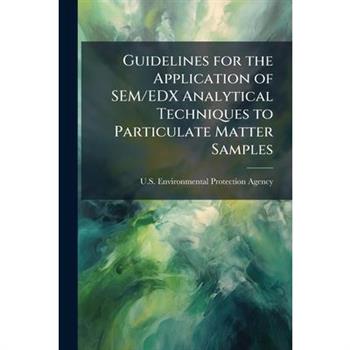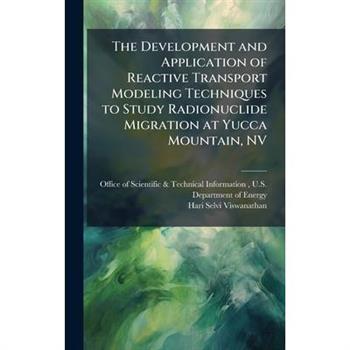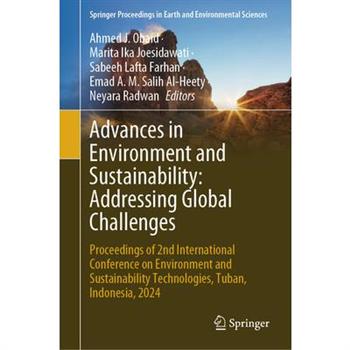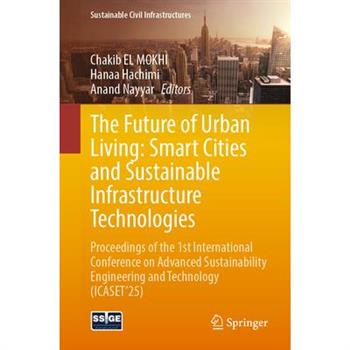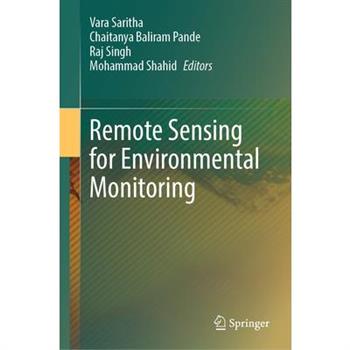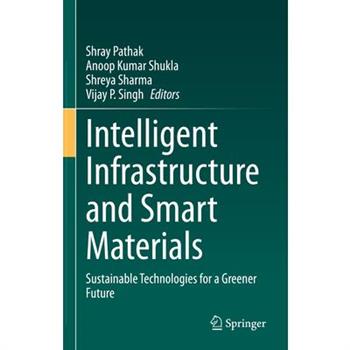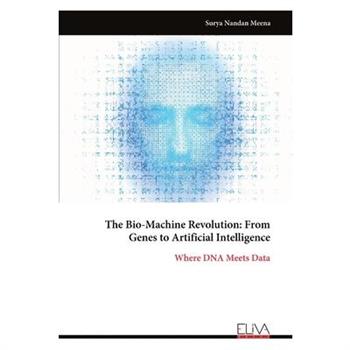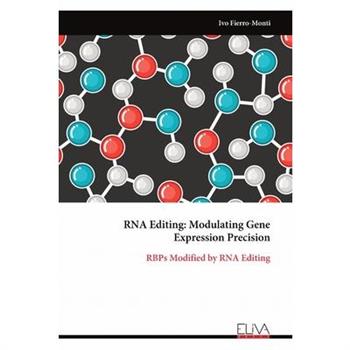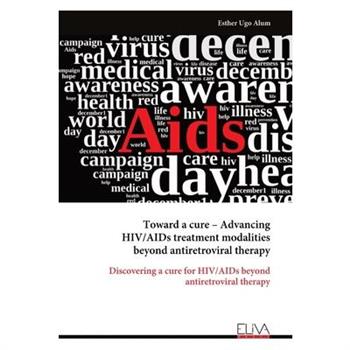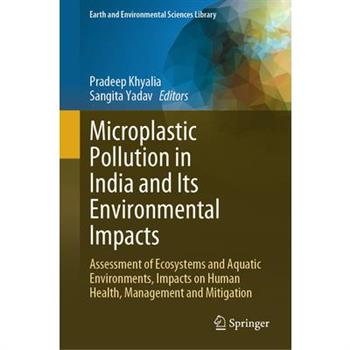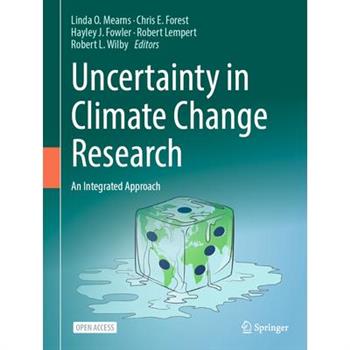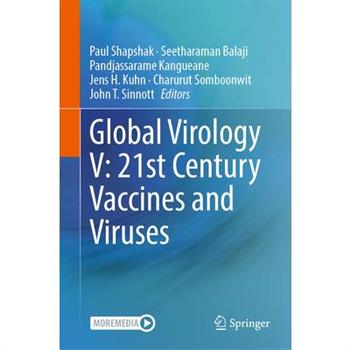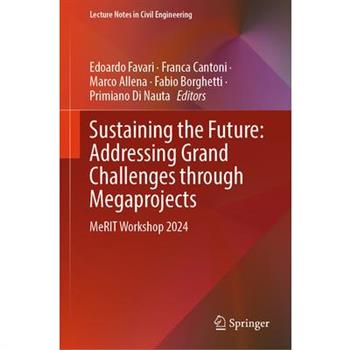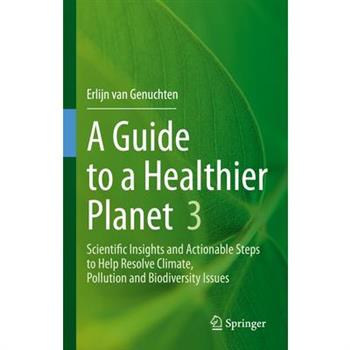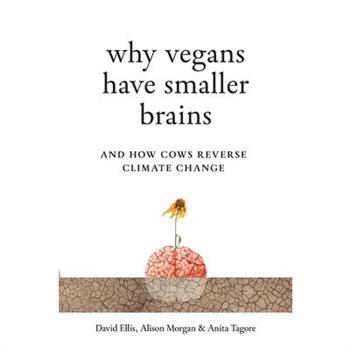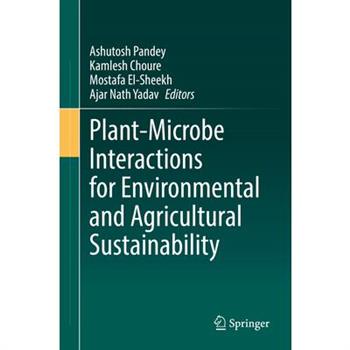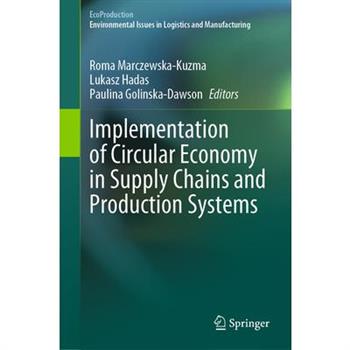Advances in Environment and Sustainability: Addressing Global Challenges
This book serves as a platform for in-depth discussions and presentations on various critical issues, including effective management strategies for environmental pollution across air, water, and soil; innovative approaches to mitigate and adapt to climate change impacts; conservation and restoration of biodiversity and fragile ecosystems; advancements in renewable energy technologies and sustainable resource management; and the application of environmental biotechnology and biochemistry in solving environmental problems. The 2nd International Conference on Environment and Sustainability Technologies (ICEST, 2024) is a pivotal gathering of global experts and researchers committed to addressing pressing environmental challenges. Participants will engage in sharing cutting-edge research findings, practical solutions, and policy implications aimed at fostering sustainable development practices worldwide. The 2nd ICEST will convene in Indonesia due to the country's strategic location in Southeast Asia, which faces significant environmental challenges such as deforestation, biodiversity loss, and climate vulnerability. Indonesia serves as a critical case study for understanding and addressing these issues, making it an ideal host for discussions on sustainable development and environmental protection. Moreover, the conference is supported by international academics from various countries that also confront similar environmental challenges. These scholars bring diverse perspectives and expertise, enriching the conference with insights and solutions applicable globally. Their involvement underscores the conference's commitment to fostering international cooperation and knowledge exchange in tackling shared environmental and sustainability issues. Together, the conference in Indonesia and its international academic support catalyze actionable initiatives and collaborations that promote environmental resilience and sustainable development across borders.
The Future of Urban Living: Smart Cities and Sustainable Infrastructure Technologies
This book provides a comprehensive manual for researchers, practitioners, policymakers as well as students striving to achieve environmental sustainment. It is exploring advanced developments in smart cities infrastructure and sustainability engineering. In addition, this book delivers advanced methodologies, emerging and innovative technologies that shape sustainable urban technologies. Including the renewable energy systems of tomorrow, to low-impact manufacturing procedures today; every section provides insight and real-world implementation. The book bridges the gap between theory and practice, making it an essential tool to turn sustainability challenges into opportunities. Salient characteristics comprise: 1. Global perspective: Allows for flexibility in solutions given a multitude of successful examples around the world from different cultural and geographic locations. 2. Multidisciplinary approach: Integrating perspectives from engineering, environmental science, economics and policy studies for holistic problem solving. 3. Financial sustainability: Innovative business models to make sustainable solutions good for the environment and even better economically. This provoking literature questions conventional wisdom and promotes adventurous visions of sustainability. By highlighting emerging trends in cloud computing, cybersecurity, and big data for urban development, readers are prepared to lead the next paradigm shift in sustainable innovation
Remote Sensing for Environmental Monitoring
This book introduces remote sensing for environmental monitoring, emphasizing its importance and varied applications in environmental assessment. It delineates core image interpretation and analysis principles, details satellite platforms and sensors, and explores aerial and ground-based remote sensing technologies through case studies. It includes data acquisition, preprocessing, and specialized imaging methods such as multispectral, hyperspectral, and thermal infrared imaging. Discussions extend to microwave and lidar applications and integration with GIS for environmental mapping. Chapters cover applications in water quality monitoring, land cover analysis, vegetation dynamics, atmospheric and climate studies, coastal and marine environments, urban areas, and wildlife habitat assessment. Lastly, the book explores emerging technologies and future trends in remote sensing for environmental monitoring, offering insights into potential applications, challenges, and directions.
Smart City Code
Smart City Code: Governance Handbook for Digital Transformation Managers in the Public Sector explores how to govern the planning, implementation, and maintenance operations in smart city projects and transitions, and the urban digitalization processes that may potentially trigger. It provides readers with the evidence-based knowledge they need to approach the complexity of smart city governance, responding to the United Nations' call for more advanced strategic and technical support on urban digital transformations to national, regional, and local governments. The book uses a comprehensive framework that details what configuration of multi-level components should be considered in the governance of smart city transitions.
Microplastic Pollution in India and Its Environmental Impacts
Uncertainty in Climate Change Research
This edited volume with open access discusses all aspects of uncertainty in climate change research, with a unique emphasis on decision making under uncertainty and the assessment of various uncertainties in the landscape of decision making. By analyzing uncertainty through the lens of decision making, the book seeks to understand and assess the various uncertainties inherent in climate change research, including uncertainties in economic impacts, human health and vulnerability, fluctuations in the physical climate system, changes in infrastructure, and future climate projections. Very little published material exists on the uncertainties regarding vulnerability of different populations to climate change, and so the book characterizes the uncertainty in vulnerability to better formulate solutions to climate change problems in affected populations. The volume will be of interest to students, post-docs, early career scientists, and researchers interested in all aspects of climate change. After an introduction that addresses the issue of uncertainty in general as it pertains to climate change research, the book is divided into 5 main sections. Section 1 focuses on uncertainty in policy and decision making, and how climate-related policy choices impact risk management, impact mitigation, and adaptation. Section 2 discusses uncertainty in climate change impacts, including impacts in agriculture, water resources, transportation infrastructure, and human health and vulnerability. Section 3 analyzes physical climate uncertainties, such as Earth system projections, emissions concentrations, and sea-level rise projections. Section 4 details the methods for quantifying uncertainty from a statistical perspective. Section 5 concludes the volume with discussions on special topics and integrated themes on uncertainty, including ethics and uncertainty, communication, the economics of climate change, and integrated modeling for decision support.
Handbook of Complementary, Alternative, and Integrative Medicine
Presenting information on more than 30 countries, this book addresses Complementary, Alternative, and Integrative Medicine (CAM) education, practice, and research issues, and regulations and laws, prevalence, and workforce issues, among other topics. It is Volume 6 of six that describe the education, practice and research-related issues and the efficacy and safety of CAM in treating various conditions. The purpose of these six volumes (sold individually or as a set) is to explain how complementary, alternative, and integrative medicine is practiced around the world, to share the best practices/experiences in terms of education, practice, and research, and identify the challenges and suggest recommendations to overcome the identified challenges.Key Features Describes the complementary, alternative, and integrative medicine education, practice, and research in more than 30 countries Aims to share information and establish best practices in complementary, alternative, and integrative medicine research Country by country, it presents regulations and laws, prevalence, and workforce issues in CAM
A Guide to a Healthier Planet 3
This successor volume builds upon the previous books with additional chapters meant to inspire readers to take action towards a healthier planet. It focuses on closing the gap between scientific insights on pressing environmental issues that do not often reach the general public, and putting that scientific knowledge in the hands of everyday people who can use these insights to take action against climate change, pollution, and biodiversity loss. The goal of this work is to share fascinating facts about nature and sustainability to inspire taking action toward a healthier planet, and to provide ideas on how we can take action to solve environmental issues in an informed and easy-to-understand way. All chapters are based on open-access research articles covering various environmental issues and solutions that are not often disseminated in popular discourse but are nonetheless important for non-scientific audiences to understand and become familiar with. They allow readers to explore the broad range of concepts and issues and recognize the far-reaching consequences, and trigger the desire to take action. Also, each chapter provides concrete ideas of how we as individuals can take action in daily life to make a positive difference related to the issues described. The book is a multimodal work, as it includes images and videos that accompany the text.
Why Vegans Have Smaller Brains
A groundbreaking book that reveals why plant-based eating is not only harming human health, it is also harming the planet. The authors explain why a pasture-reared meat diet - the Sapiens diet - is more ethical and humane than a vegetarian or vegan diet.With qualifications in medicine, nutrition, geology and agriculture, the authors bring together a unique combination of expertise in health, diet, earth sciences and the impact of farming systems on the environment. This thought-provoking and topical book explains how we can prevent and reverse many chronic diseases by eating the diet that drove human evolution, a diet based on meat, animal fat and offal. The book also shows how crop farming is causing climate change, soil destruction, animal suffering and ecological disaster. Why Vegans Have Smaller Brains: And How Cows Reverse Climate Change bridges the gap between pasture and plate in an accessible and engaging way.
The Marine Resources Experiment Program (MAREX)
Sketch of the Vegetation of the Swan River Colony
The Role Of Science In Environmental Policy Making
Plant-Microbe Interactions for Environmental and Agricultural Sustainability
This book provides an understanding of the intricate structure of the plant-microbe interface for increasing plant performance in an environmentally sustainable way. Plant microbiomes, often known as the bacteria associated with plants such as rhizospheric, phyllosphere, and entophytic, are essential components of plant life. Importance of plant microbiomes is a trustworthy strategy for sustainability to handle upcoming food shortages and restore soil health. Understanding the relationships between plants and microorganisms is advancing with the concept of profiling plant-associated microbiomes (genome assemblies of all bacteria). Through a number of ways, the microbiota increases the plant's ability to adapt to changing environmental conditions. Therefore, it is crucial to solving the riddle of plant-microbe dynamics using cutting-edge technologies to comprehend the function of metabolites and signal route mechanisms. Recent developments in omics technologies for unravelling plant-microbe dynamic interactions and other novel phytotechnologies for soil health improvement are discussed at length in this volume, as well as novel methods for improved agricultural and environmental sustainability. Teachers, academics, plant biologists, and researchers will all find this book interesting. Students studying agriculture, microbiology, biotechnology, ecology, soil science, and environmental sciences at the undergraduate and graduate levels can also use the book as supplemental reading material.







